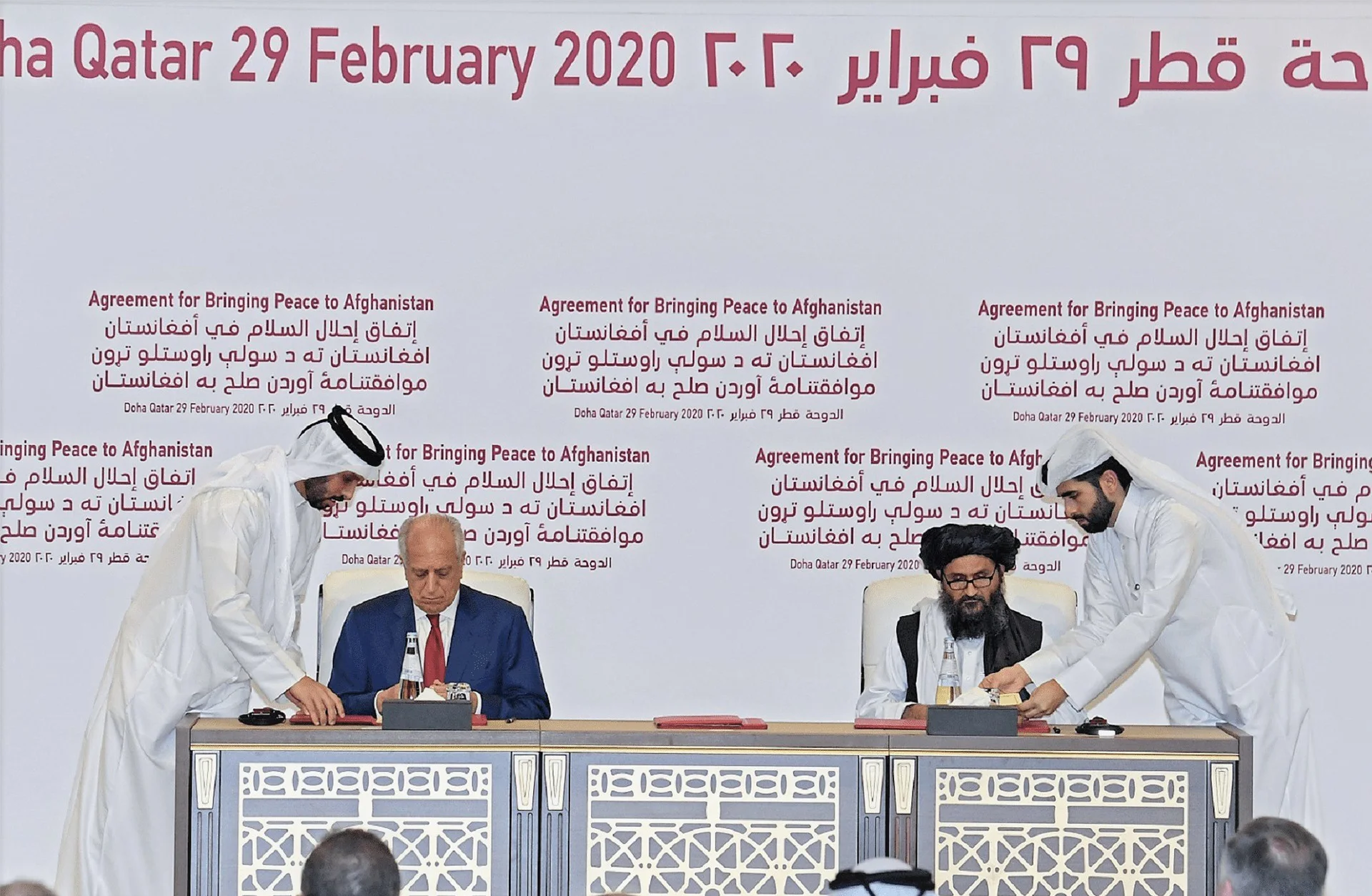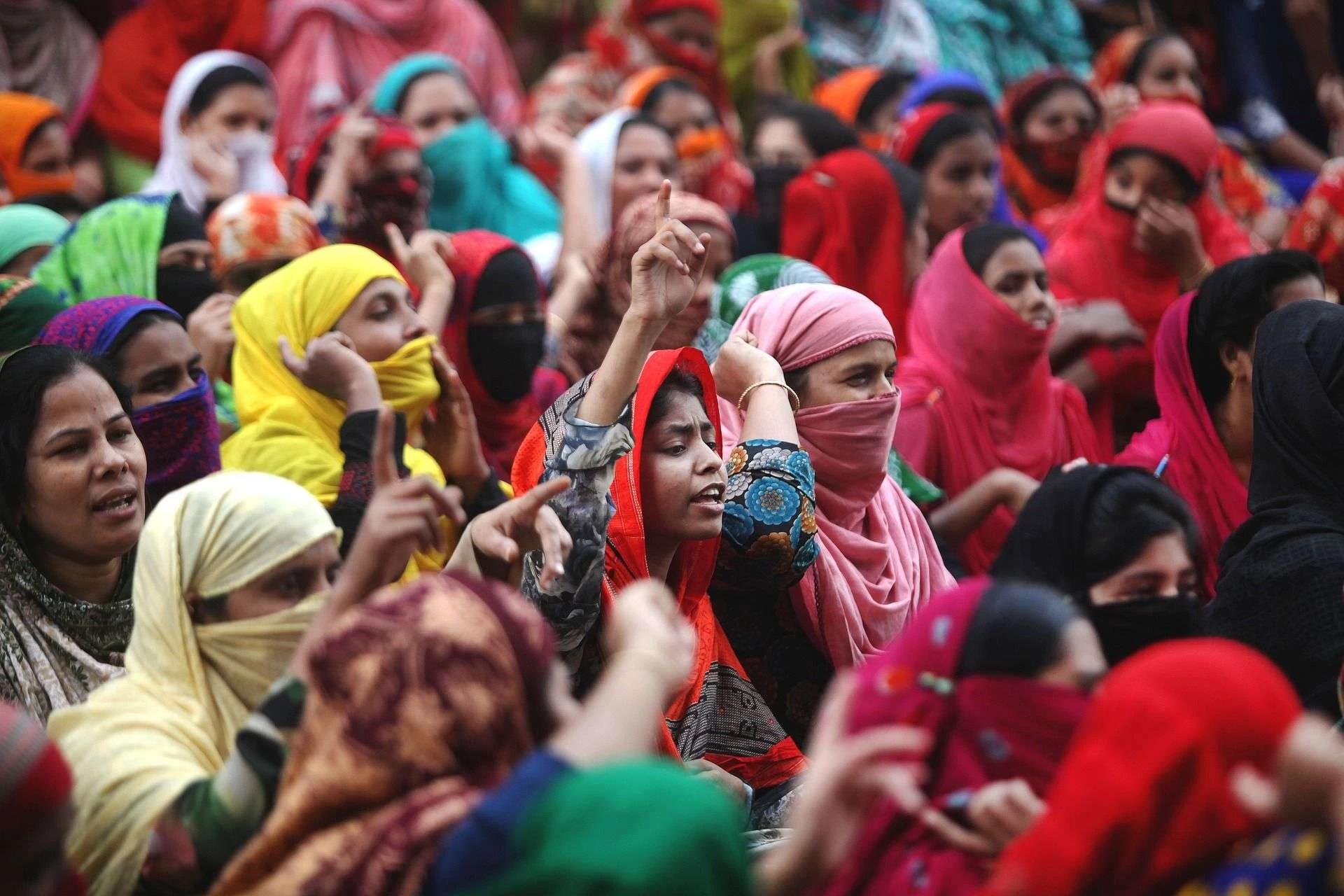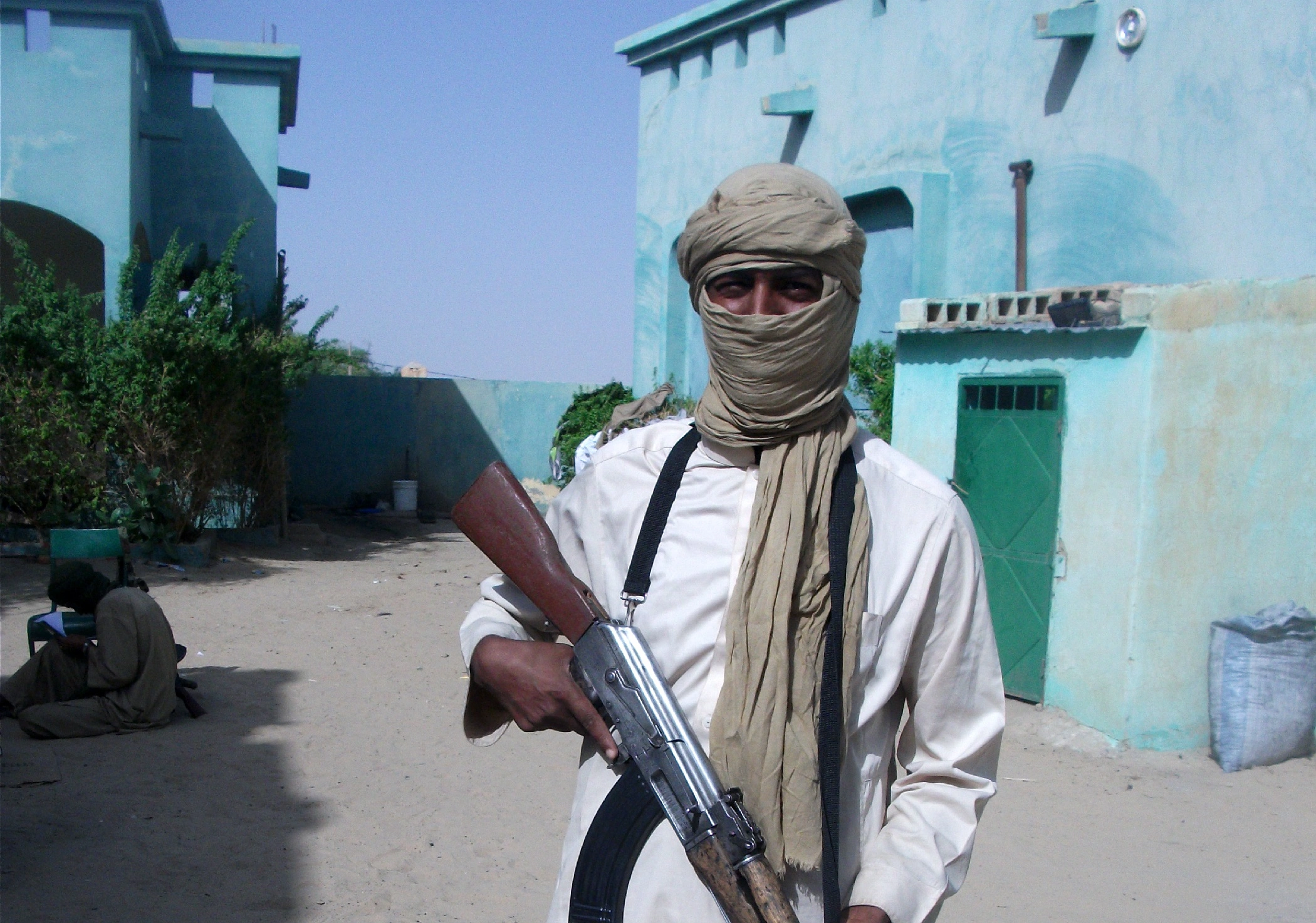In the wake of the United States’ 2021 withdrawal from Afghanistan, the geopolitical landscape of Eurasia has been irrevocably altered. This strategic shift has created a new reality where the USA must find innovative ways to maintain influence, foster economic growth, and ensure regional stability without a direct presence. In this new era, Pakistan, with its unique geographic placement, has emerged as a critical land bridge to the resource-rich Central Asian Republics (CARs) and a volatile Afghanistan. With these regions now beyond direct American reach, Pakistan offers a secure, scalable, and economically viable overland corridor. This potential partnership moves beyond the traditional security-focused relationship, repositioning Pakistan as a vital connectivity partner that can unlock significant economic opportunities and advance American strategic interests. By leveraging Pakistan’s geography, the USA can utilize a corridor of opportunity that not only facilitates trade and investment but also acts as a catalyst for regional cooperation and prosperity.
Historical Precedent
The concept of this region as a major trade artery is not new. For millennia, the lands that constitute modern-day Pakistan and Afghanistan were integral parts of the legendary Silk Road, a sprawling network of trade routes that connected the East with the West. Historic passageways like the Khyber Pass were not merely conduits for goods like silk, spices, and precious metals, they were vibrant channels for the exchange of cultures, ideas, and technologies. The Gandhara civilization, flourishing in what is now northern Pakistan, stands as a testament to this rich history of interconnectedness, blending Hellenistic, Indian, and Central Asian influences.
This historical precedent is crucial because it underscores the region’s inherent potential as a trade and transit hub. The modern day corridors being developed are not just new constructions but are, in essence, the revival and modernization of ancient pathways. This deep rooted history of commerce provides a foundational logic for the current push toward regional connectivity, suggesting that the contemporary challenges, while significant, are not insurmountable obstacles to re-establishing this vital economic link.
The Modern Corridor
Today, the vision of a connected Central and South Asia is being realized through ambitious infrastructure projects. A flagship initiative is the $482.75 million Khyber Pass Economic Corridor (KPEC), a joint venture between the Government of Pakistan and the World Bank. KPEC aims to upgrade the road network from Peshawar, a major commercial hub in Pakistan, to the Torkham border crossing with Afghanistan. This project is a critical component of the broader Central Asia Regional Economic Cooperation (CAREC) Corridors 5 and 6, which seek to establish the shortest possible trade route connecting the landlocked nations of Uzbekistan and Tajikistan to Pakistan’s warm water seaports. The economic dividends of KPEC are projected to be substantial, with estimates suggesting the creation of over 100,000 jobs and a significant boost to bilateral trade.
Beyond KPEC, Pakistan’s deep-sea ports, Gwadar and Port Qasim, offer alternative gateways for American exports and humanitarian aid. Gwadar, a cornerstone of the China-Pakistan Economic Corridor (CPEC), is now operational for Afghan transit trade, providing a direct link to the Arabian Sea. For the USA, utilizing these ports would reduce reliance on more geopolitically sensitive and unstable northern routes, offering a more direct and cost-effective supply chain into Central Asia.
Furthermore, there is immense potential in reviving regional energy projects. The CASA-1000 project, which aims to transmit surplus hydroelectricity from Kyrgyzstan and Tajikistan to Pakistan and Afghanistan, is already under construction and nearing completion. Similarly, the long-stalled Turkmenistan-Afghanistan-Pakistan-India (TAPI) gas pipeline remains a viable, if challenging, prospect. USA’s support and investment in these ventures, with Pakistan as the linchpin, could play a key role in bolstering Central Asia’s crucial energy sector.
Navigating the Challenges
Despite the immense potential, the path to realizing this corridor of opportunity is fraught with challenges. The most significant of these is the unstable security situation in the border regions. The resurgence of the Tehreek-e-Taliban Pakistan (TTP) has led to a dramatic increase in terrorist attacks, while BLA continues to target state infrastructure projects.
The political instability in Afghanistan adds another layer of complexity. The viability of projects like KPEC is contingent on the development of corresponding infrastructure and a stable operating environment on the Afghan side of the border.
Logistical and bureaucratic hurdles also pose significant obstacles. Inefficient customs procedures, a lack of modern warehousing facilities, and cumbersome regulations can lead to costly delays and undermine the corridor’s competitiveness. American logistics and technology firms have a significant opportunity to invest in and modernize these systems, creating digital, streamlined border crossings that can facilitate a smoother flow of goods.
A Vision for Regional Stability
In the complex environment of Central and South Asia, USA’s investment in this trade corridor is a strategic opportunity to promote shared prosperity and stability. The primary goal is to foster economic interdependence, which can serve as a foundation for lasting peace. By connecting the landlocked CARs to global markets through Pakistan, this initiative gives these nations greater access to international trade, strengthening their economic sovereignty.
A more prosperous and interconnected region is inherently more stable. When nations are linked by mutually beneficial trade and investment, the incentives for cooperation grow, while the appeal of conflict diminishes. In this context, the USA can act as a key partner, providing the investment and technical expertise needed to build a more integrated and self-reliant regional economy. This approach aligns with the long-term American goal of supporting a peaceful and prosperous Eurasia.
A Strategic Imperative
Pakistan’s strategic geography offers a unique and compelling opportunity for the United States to advance its economic and geopolitical interests in Central and South Asia. In the post-2021 reality, the development of a secure and efficient trade corridor through Pakistan has become a strategic necessity. It would provide American businesses with a gateway to the growing markets of the CARs, facilitate the delivery of humanitarian aid to Afghanistan, and serve as a powerful engine for regional economic growth.
However, this vision is not without its perils. The significant security, political, and logistical challenges cannot be understated. Realizing this corridor of opportunity will require a concerted and sustained effort from both the USA and Pakistan. For the USA this means moving beyond a narrow security-centric relationship and embracing a broader partnership focused on investment, technology transfer, and regional economic integration. For Pakistan, it requires a determined effort to address the security threats within its borders and create a stable and predictable environment for foreign investment. If these challenges can be overcome, Pakistan can truly become a pivotal conduit for regional prosperity.






